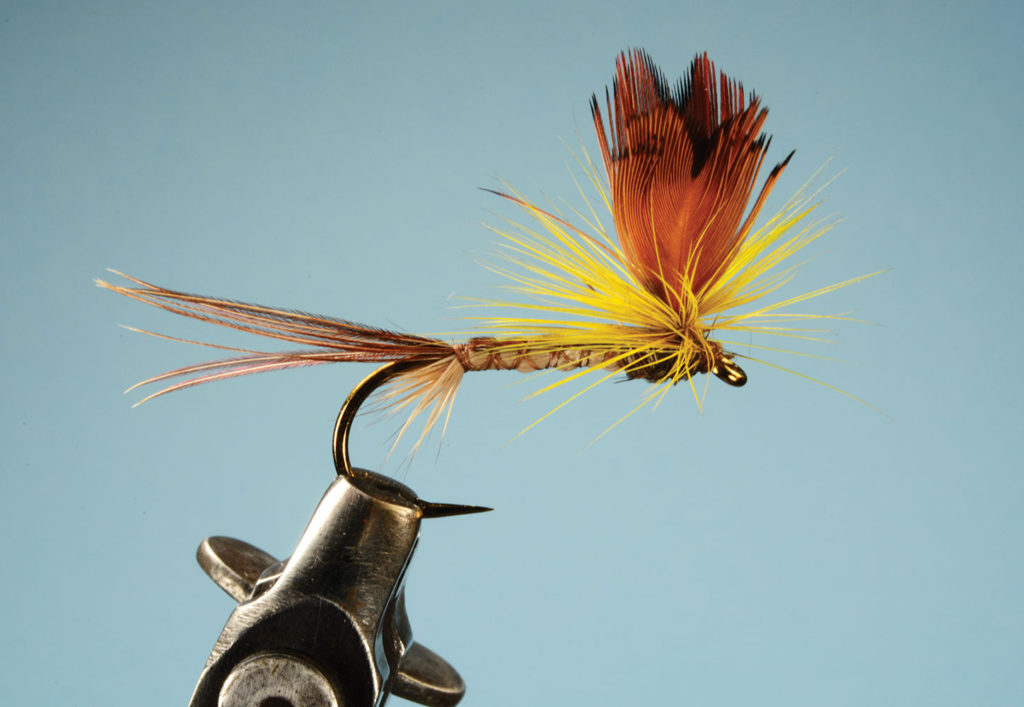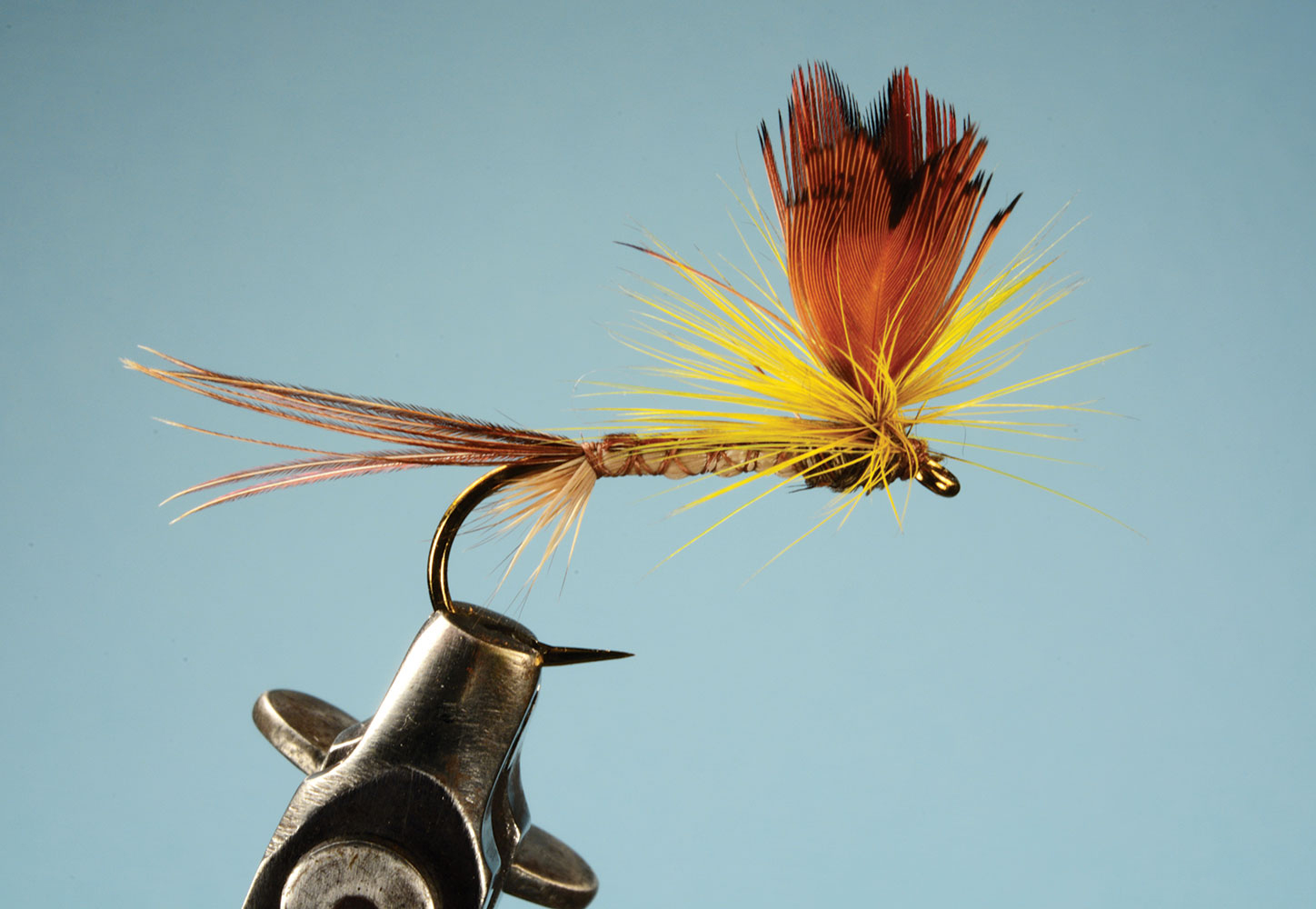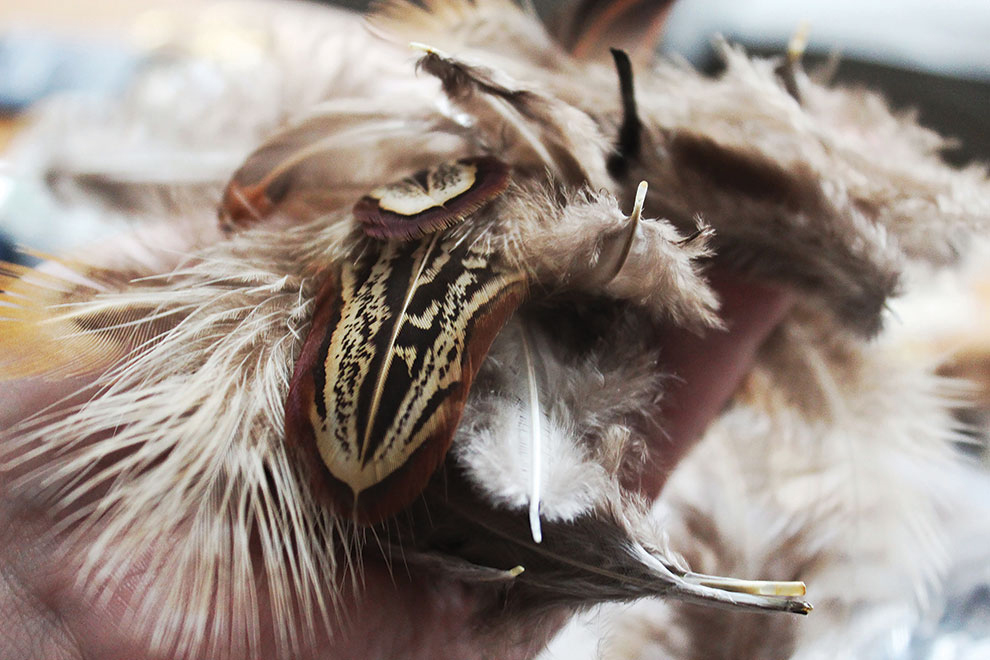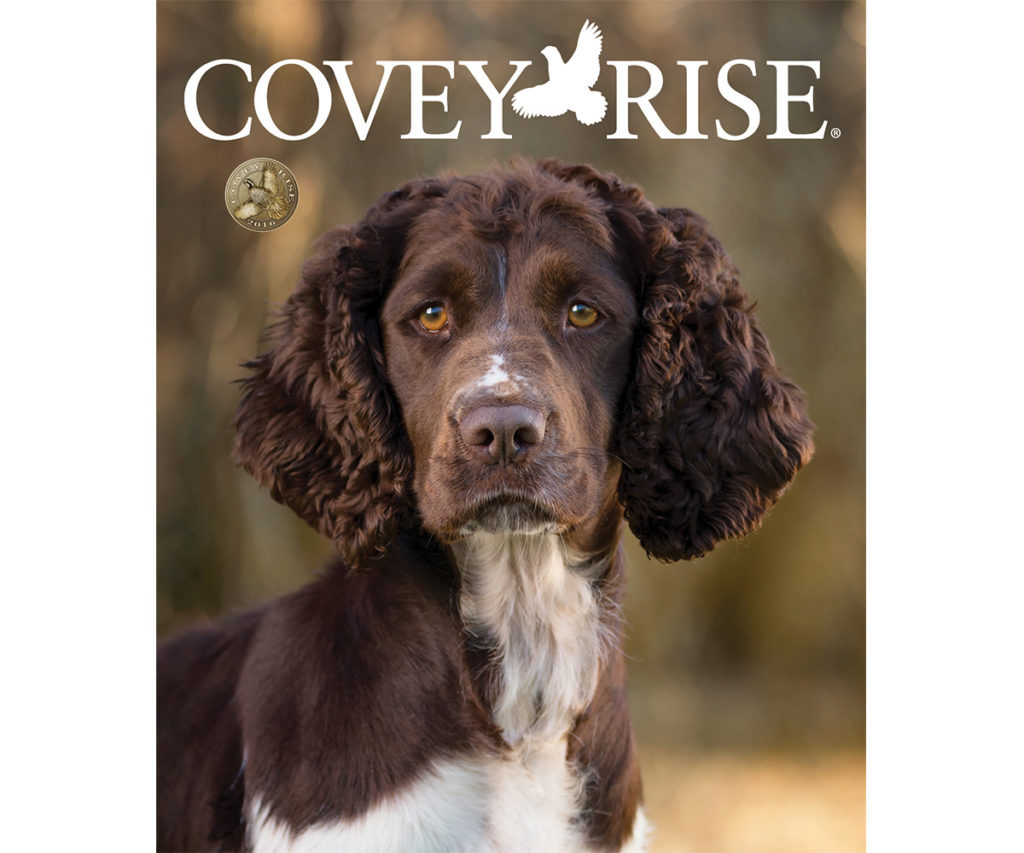
ADVERTISEMENT
Fly Tying With Gamebird Feathers
PHOTOGRAPHY BY
PUBLISHED September 21st, 2016
Fly Tying With Gamebird Feathers
PHOTOGRAPHY BY
PUBLISHED September 21st, 2016
You may also like
The Kind Approach
In the United Kingdom, dog trainer Ben Randall sho...
Sturdy Brothers Waxed Canva...
This portable piece is handcrafted to last a lifet...
Viski Solid Copper Shot Gla...
These shot glasses are hand crafted and feature an...































